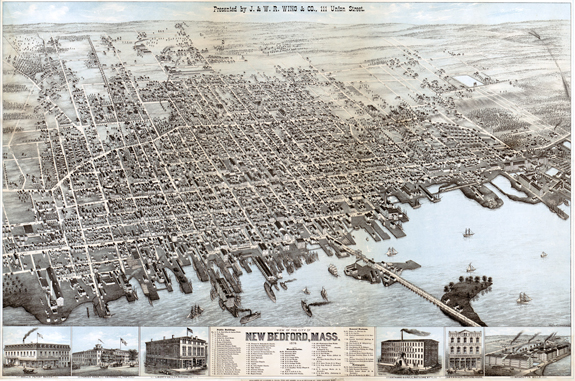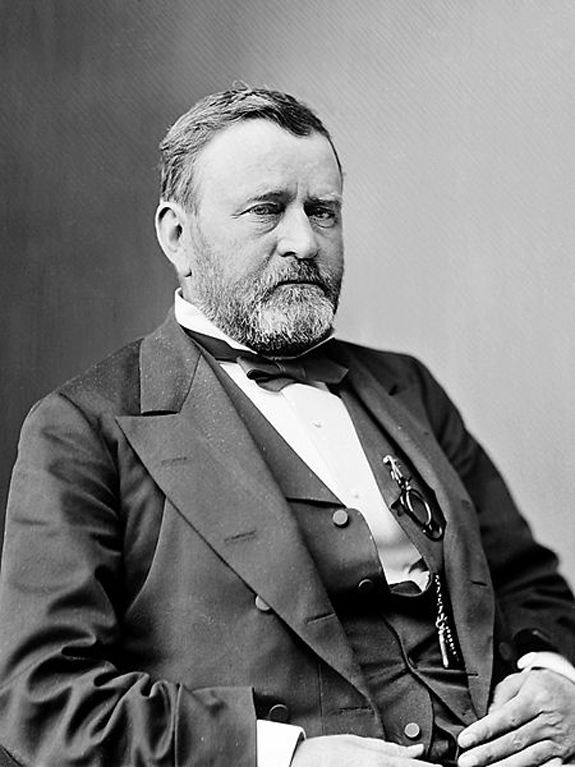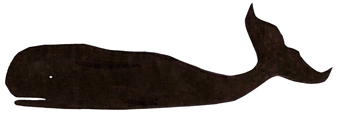Local New Bedford, Ma. History
1870 - 1879 In Chronological Order
|
 |
New Bedford 1876 - click image for a larger view of the map. |
| |
1870
The building of the Wamsutta Mill was a boon to the economy. The mill installed a Corliss engine, the biggest engine in the world at that time. |
| |
1870
St. Lawrence church in New Bedford is built. |
| |
1870
Edward Haskell brings suit against the city because of the large amount of raw sewage that accumulated at the end of his dock.
It caused disagreeable odors and restricted boat access. His suit was successful. |
| |
1871
New Bedford's first Portuguese Parish was established in New Bedford and was the first Portuguese parish in the USA.
They finished building the church four years later. |
| |
1871
The Patomska Mills were erected in the city. The cotton mills were becoming an exceptionally important industry in the city. |
| |
1871
Twenty-Two of New Bedford's whaling fleet are crushed in an early appearance of ice in the Arctic off of the coast of Alaska. |
| |
1872
St. Joseph hospital on Pleasant Street is opened. It was run by the Sisters of Mercy and paid for by the pastor of St. Lawrence church Father McMahon. It began with 6 wards but slowly dwindled to three until it closed. |
| |
1872
The New Bedford and Fairhaven Street Railway Company was first incorporated.
It was a horse railway and was to be extended considerably in the coming years.
The Selmer Eggars building was constructed on the south side of William Street. |
| |
1873
Small pox reared it's ugly head in South Dartmouth and there were 50 cases. Several deaths followed.
St. Joseph's Hospital, located on the corner of Pleasant St. and Campbell, was founded in 1873 and ran until 1888. The property then became a convent for the nuns who had run the hospital. |
| |
1874 On August 31
Ulysses S Grant paid the city a visit. It was a bright sunny day. His steamer the "Monohansett" was captained by Charles Smith.
The shipping in the harbor, many public buildings and private residences were profusely decorated with flags.
The river was filled with gaily decorated vessels, yachts and boats.
Peals from signal guns and salvos form artillery on the wharves greeted the "Monohansett".
New Bedford guards performed escort duty to City Hall.
Mayor Richmond made a speech, and it was briefly responded to by General Grant.
A reception was held, during which hundreds of citizens were introduced. A dinner was served to the visitors at the Parker House. |
| |
1874
In June, New Bedford opened a new steamship line to New York.
The opening was celebrated by excursions down the bay in the new steamers, "City of New Bedford" and City of Fitchburg." |
| |
1874,
December 31, His Majesty Kalakua, king of the Hawaiian Islands visited the city with a cordial reception by city authorities and citizens. The visitors were entertained at the Parker House.
The following day the group were shown about the city and cotton mills etc.
At noon Mayor Richmond gave a reception at his home and about a hundred shipmasters paid their respects there. |
| |
1875
A railway extension from Fall River to New Bedford was established.
Wamsutta Mill number 5 was opened, and Citizen's National Bank was incorporated.
There was a celebration with many prominent people from Fall river.
Land was bought for the Sacred Heart Parish serving the French Canadian community of about 60 families. |
| |
1875 - 1876
The army Corps of Engineers dredged between docks and dredged in the harbor to facilitate access.
This was repeated many times through the years. |
| |
1876
The New Bedford Railroad extended it's tracks and ran the service to the Steamboat Wharf.
There was a whopping celebration of the 4th of July independence at a cost of $4,000.00 in city funds.
October 1876 Twelve whaling ships were lost in the Arctic.
Sacred Heart parish built it's first church.
|
| |
1876
The Coast Guard established a school for Cadets in New Bedford "The Revenue Marine School of Instruction", it was to become the U.S. Coast Guard Academy.
On July 4, at 5 1/2 o'clock a grand balloon ascension took place on the common piloted by Providence aeronaut, Prof. James R. Allen in his celebrated balloon Monarch. |
| |
1876
Sacred Heart Church built on the corner of Summer, and Robeson Streets was the city's first French parish, was dedicated.
Rev. George Pager was made the pastor January 1, 1876.
The church building at a cost of about $20,000.00 was dedicated on December 17, 1876
The Sisters of Mercy taught Sunday School there at first but soon withdrew.
In 1882, Father Pager died of consumption.
The church had a rectory next to it.
The first school was built on Robeson Street by the pastor Rev. J. A. Prevost in 1886 with a convent for the
mostly French Canadian nuns from Montreal, the Sisters of the Holy Cross who taught there.
In 1889 Father Payan built a much nicer school that cost $40,000.00.
The school provided grades K - 8 for most of it's existence.
The school was demolished along with the convent in 1972.
Finally, in 2001 the rectory and the church itself was demolished to create an unused parking lot. |
| |
1876 - 1877
A large number of new streets were opened and many new buildings were erected, and general prosperity ensued. |
| |
1877
Jews from Russia begin to immigrate to New Bedford.
Patomska Mill was built.
May 1, There was an employees strike at the Wamsutta Mill. It was considered to be a bitter experience. |
| |
1879
City water was brought to homes on Oak St. in New Bedford. |
| |
1878
October 12, A severe gale, blew down several sheds and trees and fences.
A number of boats in the harbor were destroyed.
It was the most severe gale since 1869.
The bark "Sarah" sailed that morning on a whaling voyage and was lost about 40 miles off of Block Island. |
| |
1879
City water was brought to the homes on Oak Street near the entrance of Rural Cemetery on Dartmouth street.
17 Oak Street is listed in documents as having the installation that year.
The railroad passes under the control of the Old Colony Corporation.
|
| |
1879
This year telephone comes to New Bedford. The phone company was not created until 1880. |
 |
Ulysses S. Grant visited New Bedford |
| |

